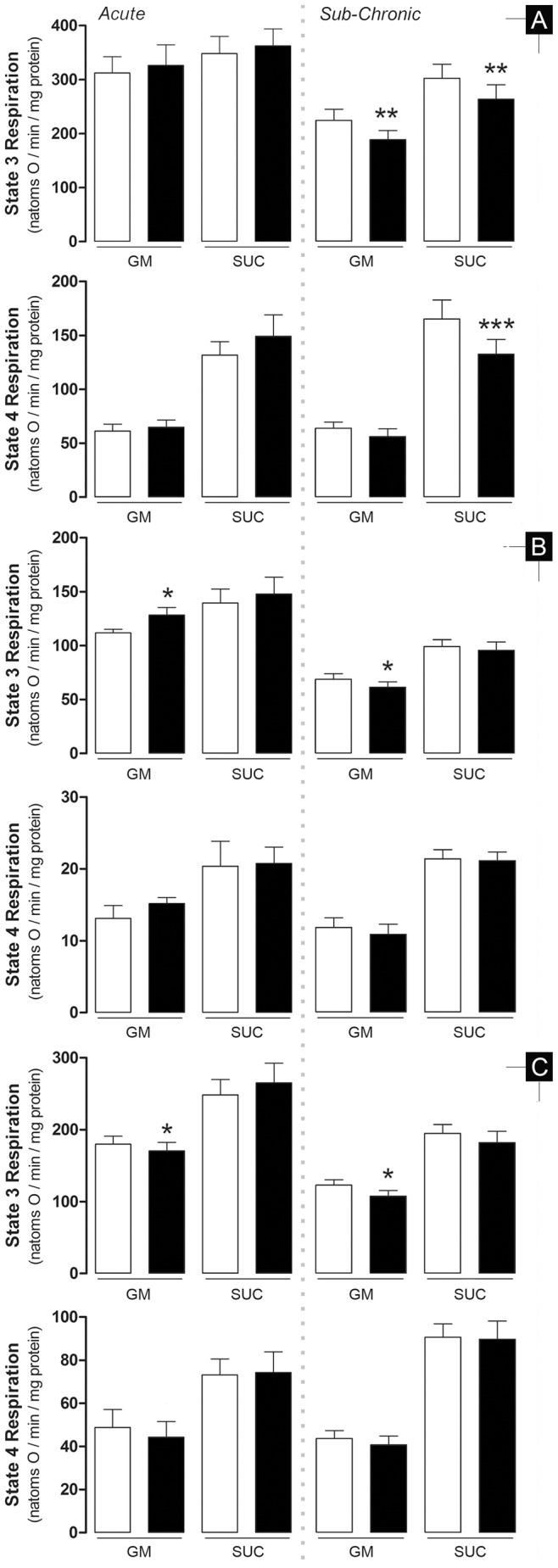Figure 4. Treatment with DOX markedly affects mitochondrial respiration during ADP phosphorylation.

The effect is clearly observed in heart mitochondria during sub-chronic treatment but absent when animals were acutely-treated. A reverse pattern is observed in the other two organs tested. Data represents mitochondrial oxygen consumption rates measured with a Clark electrode (for details, see Materials and Methods) where 225–250 nmol ADP was added to induce state 3 respiration. State 4 is generally described as the rate of oxygen consumption after complete phosphorylation of added ADP. A – heart; B – liver; C – kidney. Bars represent means of treatment groups (saline in white bars; DOX in black bars) with SE. Differences between treatment groups means within the same model were evaluated by matched pairs Student’s t test to exclude the variability related to mitochondrial isolation and electrode calibration but when assumptions were rejected the non-parametric Wilcoxon matched pairs test was applied (see Material and Methods for detailed information). *, p≤0.05; **, p≤0.01; ***, p≤0.001 vs saline group of the same model. n = 10, 9 and 10 (acute model – heart, liver and kidney, respectively) or n = 12, 11 and 12 (sub-chronic model – heart, liver and kidney, respectively). GM - glutamate/malate; SUC - succinate.
